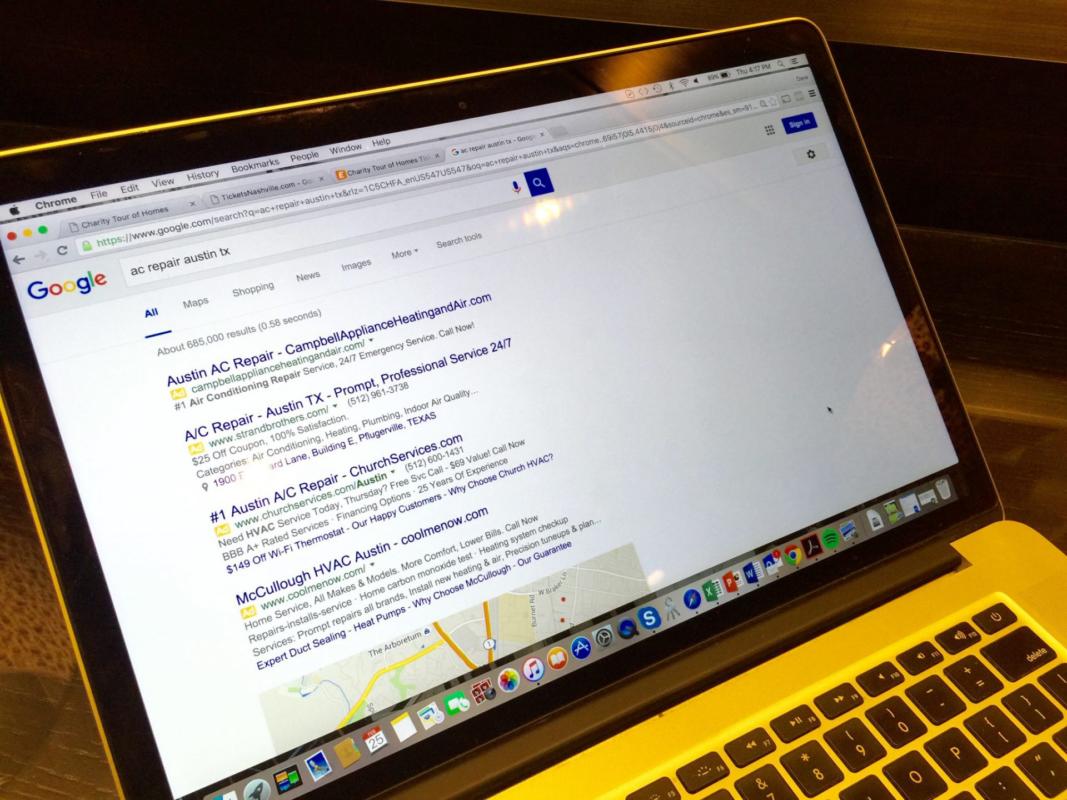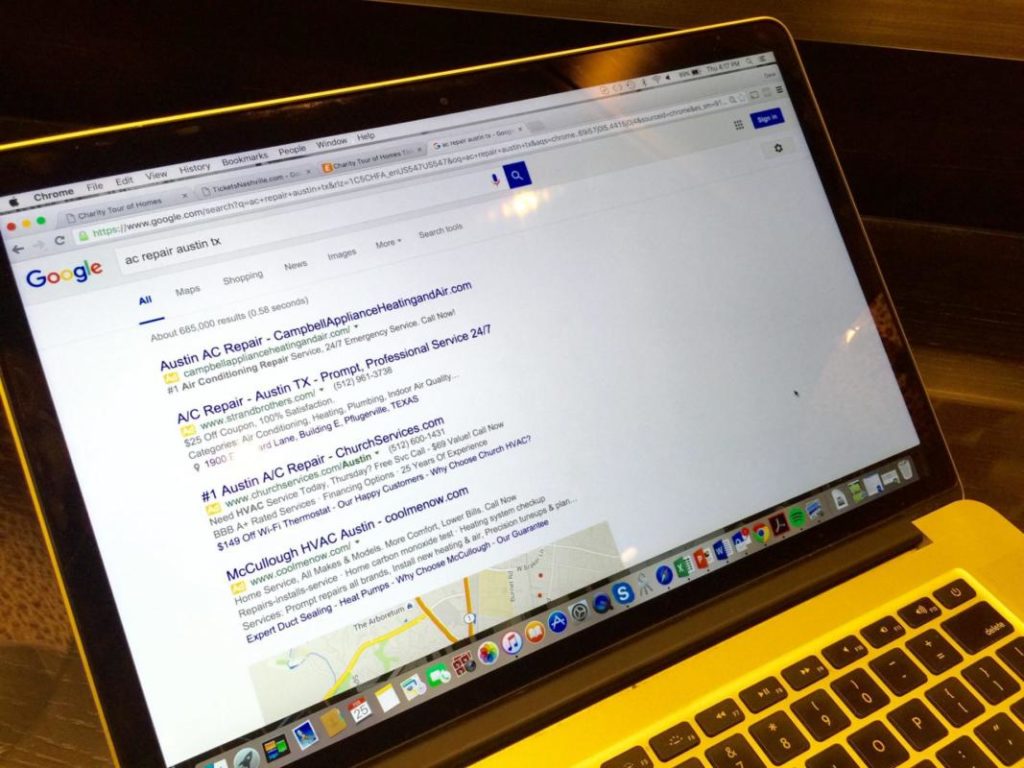
How Google’s New Ad Layout May Impact Desktop Search Results
What are the changes and how advertisers need to factor them into your SEM campaigns
Online marketers and advertisers know that Google is synonymous with “change”; with an estimated 500-600 average algorithm shifts per year, nothing should surprise us. However, on February 19, 2016, Google did surprise us with the announcement of a major layout change to the desktop version of their search results page.

Effective immediately, ads appearing on the right side of the Google Map and organic listings will be gone. The new format will feature up to four text ads above the map and up to three text ads at the bottom of the page. Essentially, the desktop version of Google search results will reflect the mobile version. In short, there will be approximately 50 percent fewer ads appearing next to your search query results.
From a consumer’s perspective, this news may not be troubling; however, what is the potential impact of Google’s desktop ad layout change for businesses using Google AdWords? It’s too early to say definitively what the answer to that question is, but below are some ideas based on Strategic America’s monitoring of our client campaigns in the past week:
- The price to play in this important marketing space will go up. According to various past studies, it is estimated that 90+ percent of search selection occurs on the first page of results. Assuming that remains true in 2016, and factoring the laws of supply and demand, having 50 percent less inventory on the first page will no doubt increase the value of those spots that remain on page one. This will be particularly true for the first four positions at the top of the search results page. How much bid prices will increase is unknown, but we suspect it will be significant. Within the first week, some of our retail clients saw their top converting keyword bids increase as much 200 percent over the week prior.
- Campaigns will need to be more focused. Few companies have open-ended SEM budgets to market without bid caps on AdWords. If your business is in the same boat, it will be very important to monitor and adjust your campaigns regularly by stripping out underperforming keywords and text ads, even if they are generating a significant click volume. Remember, clicks make Google money and conversions make YOU money. From devices to day-parting, AdWords marketers need to step back and thoroughly understand what is working and what is not so that those dollars may be re-allocated appropriately.
- Consider Bing. According to the December 2015 comScore survey, Bing has 21 percent search market share. While that percent has not changed much in the past 12 months, we suspect Bing is going to get a fresh look by many advertisers in 2016, assuming that they do not follow the Google path of limited advertising. SA strongly encourages all of our clients to compare the cost and results between Google and Bing on a regular basis. The changes now implemented by Google reconfirm why we believe this is important.
- AdWords specialists will need to be a hiring priority. When Google introduced AdWords in October 2000, it was developed to be simple enough for any small business owner to participate and generate more sales. Today, conversions define success, not impressions or clicks and small to mid-size businesses will take an enormous risk if they attempt to go-it-alone in paid search. Whether its hiring in-house or using the services of an SEM agency such as Strategic America, your business needs a resource that is focused on paid search campaigns and strategies that maximize your investment in this channel.
SA’s digital marketing team will continue to track the impact of Google’s desktop ad layout change and share more results (good and bad) with our clients when available. While we still believe that Google is a safe online marketing investment for lead generation, now more than ever you need to be unbiased and strategic in your approach.



